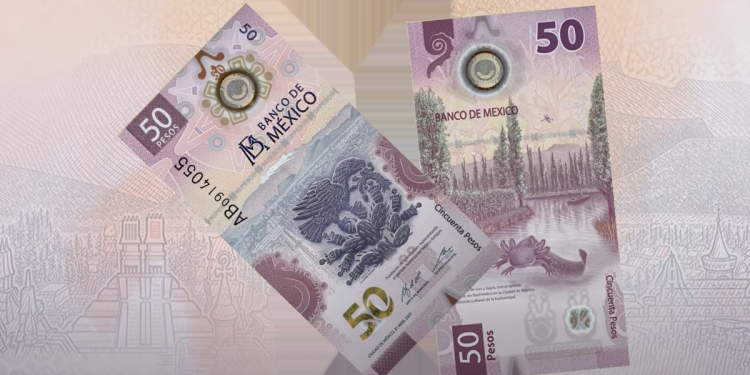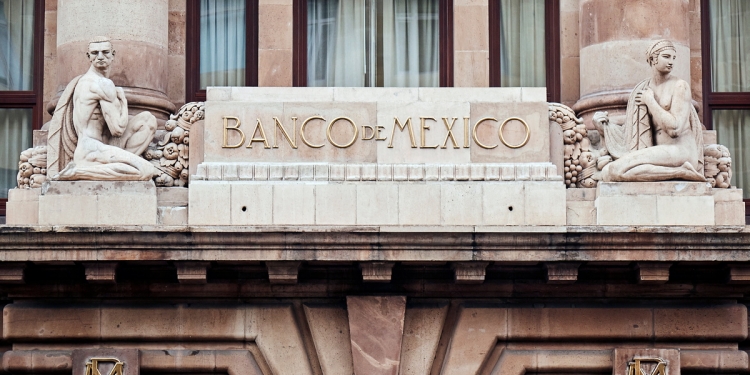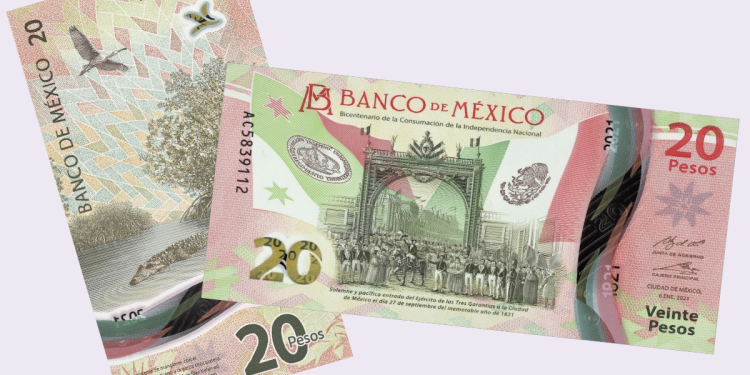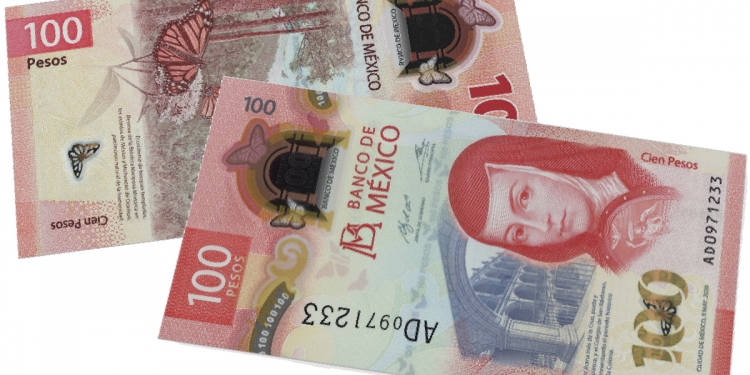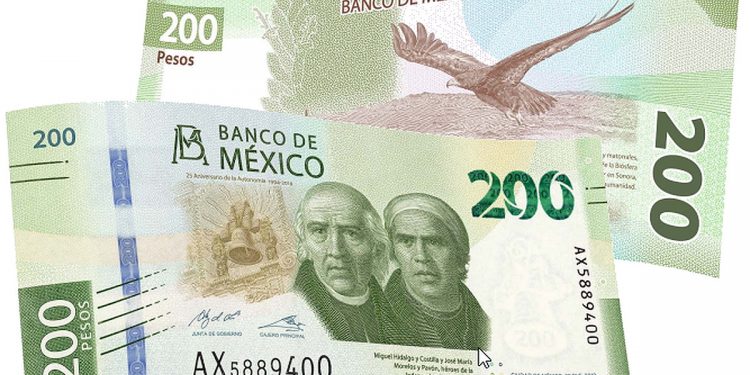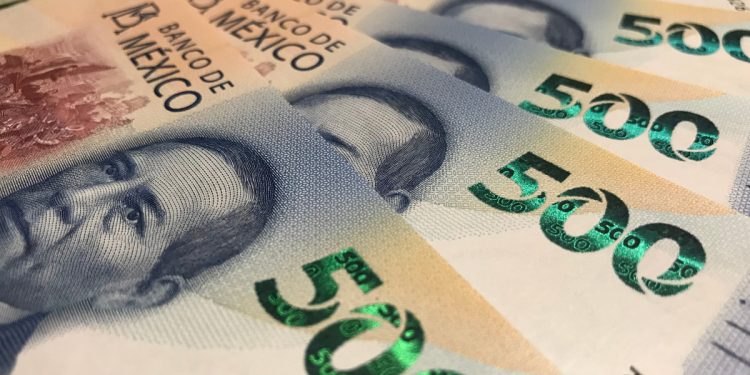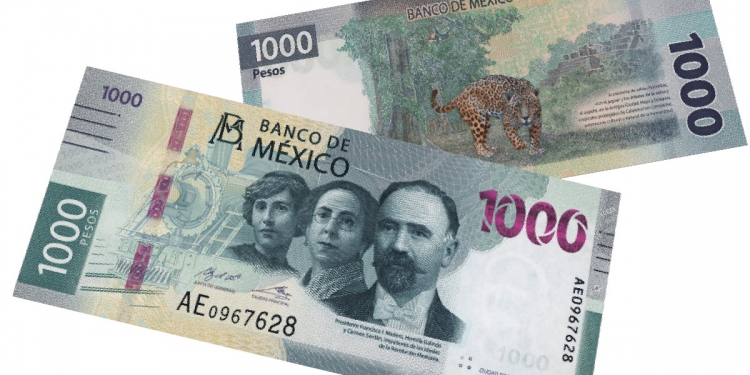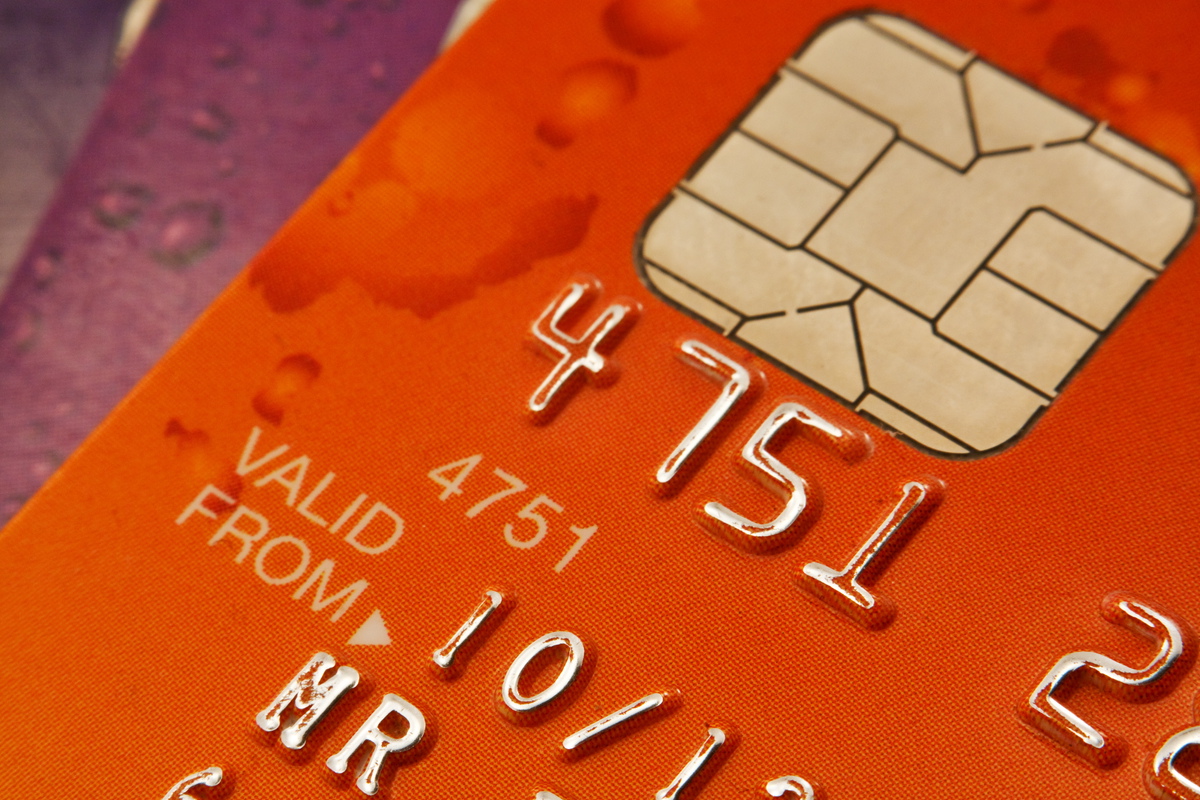In August 2018, the Bank of Mexico began to roll-out a new series of banknotes, beginning with a redesigned $500-peso bill. In the years that followed, the bank released new designs for the $200, $100, and $20-peso bills, respectively. On October 28th, 2021 the bank completed the latest set of its new series by placing into circulation a freshly-designed $50-peso banknote.
New $50-peso banknote features a vertical design
Following in the style of the new $100-peso bill, the new $50-peso note is also designed vertically; Mexico’s bank has now issued two notes designed vertically, two horizontally, and one that is printed horizontally on the front and vertically on the back.
The image of revolutionary hero José María Morelos y Pavón that was iconic on the existing $50 bill —and who is now on the new $200-peso note alongside his contemporary Miguel Hidalgo y Costilla— has been replaced with artwork illustrating Mexico’s ancient history and natural heritage.
The new $50-peso notes are printed in shades of purple and dark green, replacing the shades of pink, orange and yellow featured on the existing $50 note.
The face of the new note is anchored by the conspicuous placement of the historically important Teocalli de la Guerra Sagrada: an archaeological artefact that depicts an eagle on a cactus with a serpent in its mouth—the symbol that is also the country’s national emblem. The artefact was discovered in the late 19th century, and during excavations in the 1920s was removed for safe keeping to the impressive Museum of Anthropology in Mexico City. And in the background, a silhouette of the ancient valley of Tenochtitlán is flanked by the mighty snow-capped volcano mountains of Popocatépetl and Iztaccihuatl.
The reverse side of the note features the Axolotl, a species of freshwater salamander native to Mexico. The illustration showcases the Axolotl amidst its natural habitat of rivers and lakes in Xochimilco, now part of southern Mexico City, with chamilpas —canal punts— alongside a canal bank showing off a row of attractive Ahuejote trees—a species of willow found in Mexico and Central America.
The banknote’s physical and security features
Like its predecessor, the new $50-peso bill is printed on polymer —a type of plastic— that makes these lower-denomination notes hard-wearing and thus enables them to circulate for considerably longer than paper versions. Mexico’s $20, $50 and $100-peso bills are printed on polymer whereas the $200, $500 and $1000-peso bills are printed on security paper.
All of the new banknotes are printed using state-of-the art security features that make the bills harder to counterfeit. In particular, the new $50-peso bill features tactile reliefs which are obvious when handled; special transparency features, and security ink that changes color when the bill is tilted in the light.
The existing $50-peso bills, featuring José María Morelos on the front and the Monarch butterfly sanctuaries on the reverse remain legal tender until further notice. Old banknotes can always be exchanged at present value for current versions at retail banks and at the Bank of Mexico itself.
Learn about money and banknotes in Mexico
Mexperience offers you a wealth of information about Mexico’s money, banking services, and banknotes.
- Articles about Mexico’s banknotes
- Latest articles about Money and finance in Mexico
- Download our free eBook about Money and Bank Services in Mexico
- Download our free eBook about the Cost of Living in Mexico
Mexico in your inbox
Our free newsletter about Mexico brings you a monthly round-up of recently published stories and opportunities, as well as gems from our archives.

